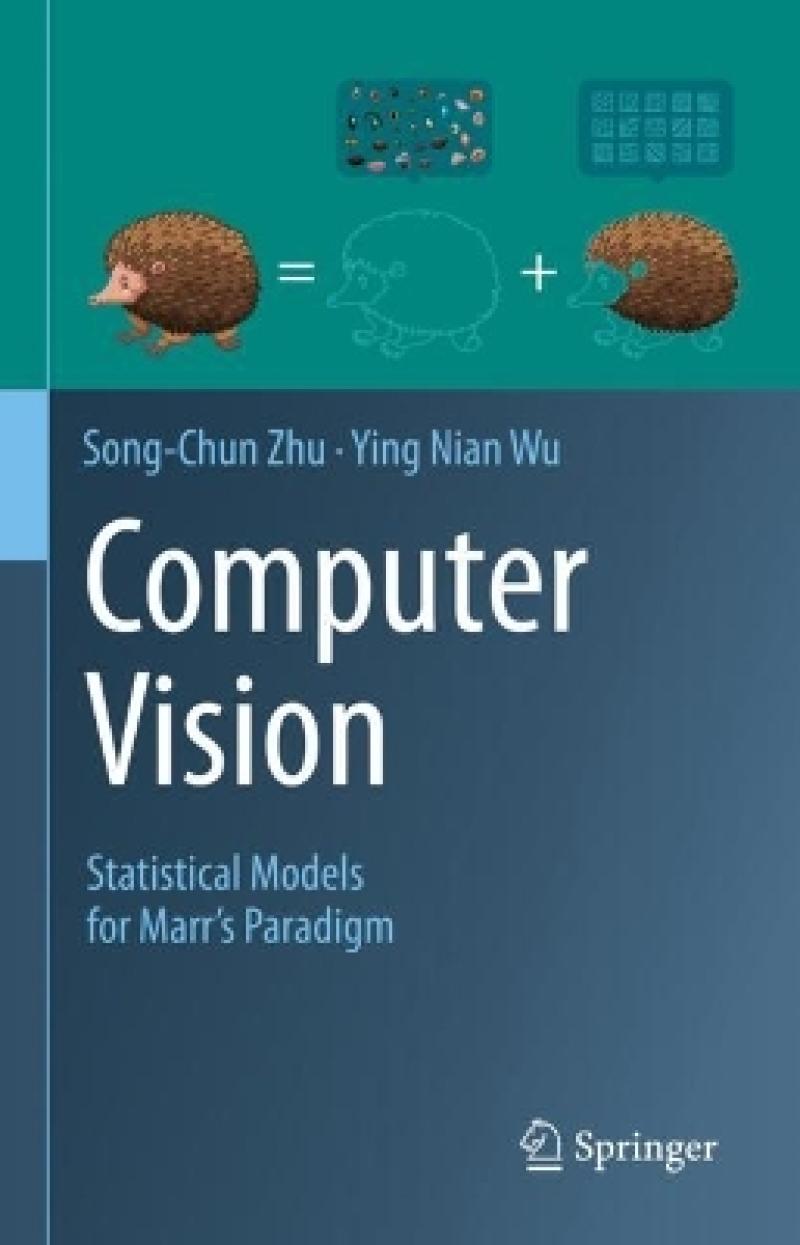As the first book of a three-part series, this book is offered as a tribute to pioneers in vision, such as Béla Julesz, David Marr, King-Sun Fu, Ulf Grenander, and David Mumford. The authors hope to provide foundation and, perhaps more importantly, further inspiration for continued research in vision. This book covers David Marr's paradigm and various underlying statistical models for vision. The mathematical framework herein integrates three regimes of models (low-, mid-, and high-entropy regimes) and provides foundation for research in visual coding, recognition, and cognition. Concepts are first explained for understanding and then supported by findings in psychology and neuroscience, after which they are established by statistical models and associated learning and inference algorithms. A reader will gain a unified, cross-disciplinary view of research in vision and will accrue knowledge spanning from psychology to neuroscience to statistics.
As the first book of a three-part series, this book is offered as a tribute to pioneers in vision, such as Béla Julesz, David Marr, King-Sun Fu, Ulf Grenander, and David Mumford. This book covers David Marr's paradigm and various underlying statistical models for vision.
Les mer
Les mer
covers Marr’s paradigm for vision and underlying statistical models for various concepts in vision cross-disciplinary, spanning from psychology to neuroscience to statistics intended as inspiration for further developments towards a unified framework for vision
Les mer
GPSR Compliance
The European Union's (EU) General Product Safety Regulation (GPSR) is a set of rules that requires consumer products to be safe and our obligations to ensure this.
If you have any concerns about our products you can contact us on ProductSafety@springernature.com.
In case Publisher is established outside the EU, the EU authorized representative is:
Springer Nature Customer Service Center GmbH
Europaplatz 3
69115 Heidelberg, Germany
ProductSafety@springernature.com
Les mer
ISBN
9783030965297
Publisert
2023-03-16
Utgiver
Springer Nature Switzerland AG
Høyde
235 mm
Bredde
155 mm
Aldersnivå
Graduate, P, 06
Språk
Product language
Engelsk
Format
Product format
Innbundet
Antall sider
14
